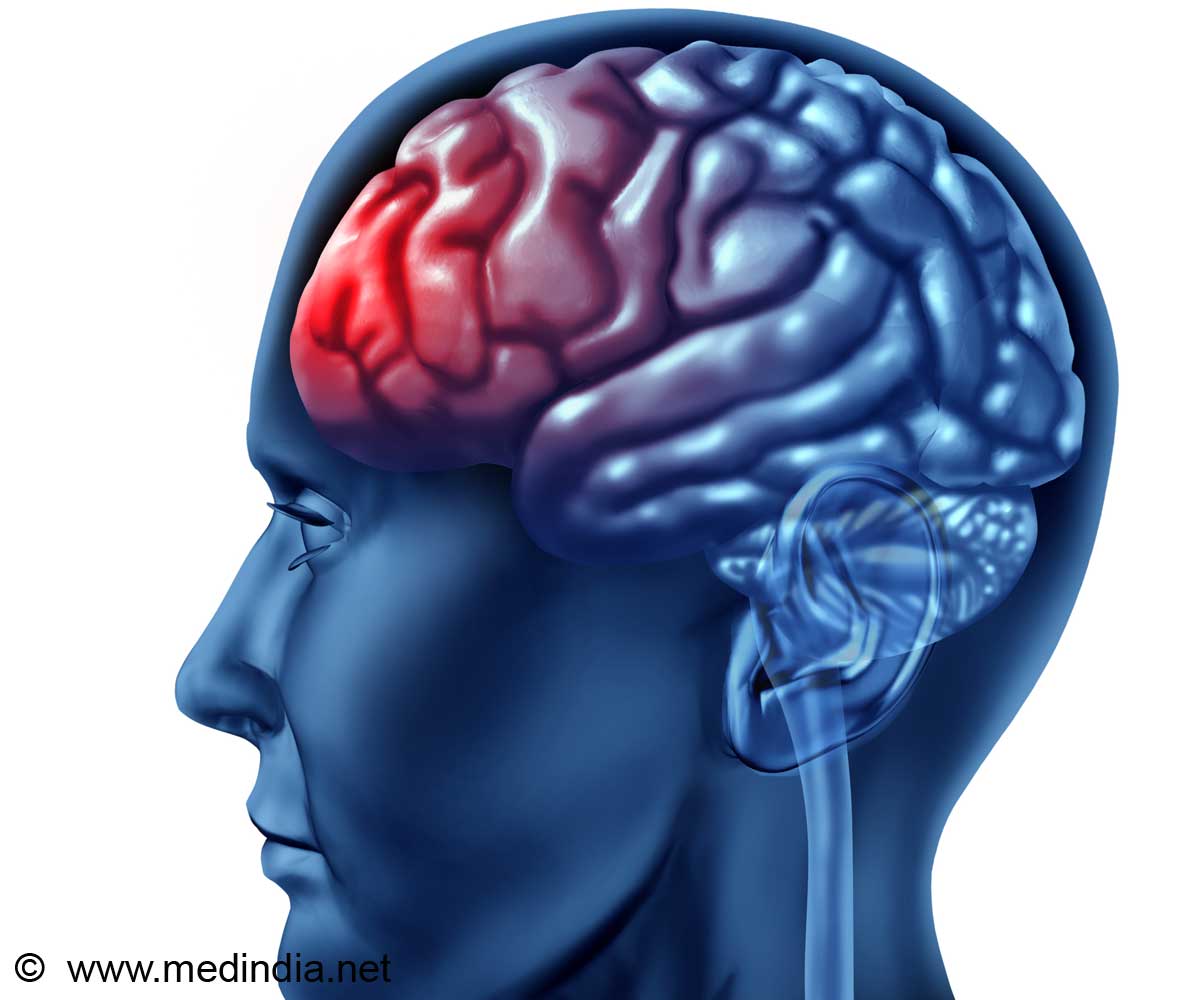
Some outcomes show continued improvement after the first year, according to the new study, which is one of the largest studies of DBS for neuropathic pain performed to date.
The researchers reviewed their 12-year experience with DBS for neuropathic pain. Neuropathic pain is a common and difficult-to-treat type of pain caused by nerve damage, seen in patients with trauma, diabetes, and other conditions. Phantom limb pain after amputation is an example of neuropathic pain.
In DBS, a small electrode is surgically placed in a precise location in the brain. A mild electrical current is delivered to stimulate that area of the brain, with the goal of interrupting abnormal activity.
Deep brain stimulation has become a standard and effective treatment for movement disorders such as Parkinson's disease. Although DBS has also been used to treat various types of chronic pain, its role in patients with neuropathic pain remains unclear.
Between 1999 and 2011, that authors' program evaluated 197 patients with chronic neuropathic pain for eligibility for DBS. Of these, 85 patients proceeded to DBS treatment. The remaining patients did not receive DBS-most commonly because they were unable to secure funding from the U.K. National Health Service or decided not to undergo electrode placement surgery.
Advertisement
In 74 patients, a trial of DBS produced sufficient pain relief to proceed with implantation of an electrical pulse generator. Of 59 patients with sufficient follow-up data, 39 had significant improvement in their overall health status up to four years later. Thus, 66 percent of patients "gained benefit and efficacy" by undergoing DBS.
Advertisement
On average, scores on a 10-point pain scale (with 10 indicating the most severe pain) decreased from about 8 to 4 within the first three months, remaining about the same with longer follow-up. Continued follow-up in a small number of patients suggested further improvement in other outcomes, including quality-of-life scores.
Dr. Boccard and coauthors acknowledge some important limitations of their study-especially the lack of complete patient follow-up.
However, they believe their experience is sufficiently encouraging to warrant additional studies, especially with continued advances in stimulation approaches and technology.
The study appeared in the February issue of Neurosurgery, official journal of the Congress of Neurological Surgeons.
Source-ANI















